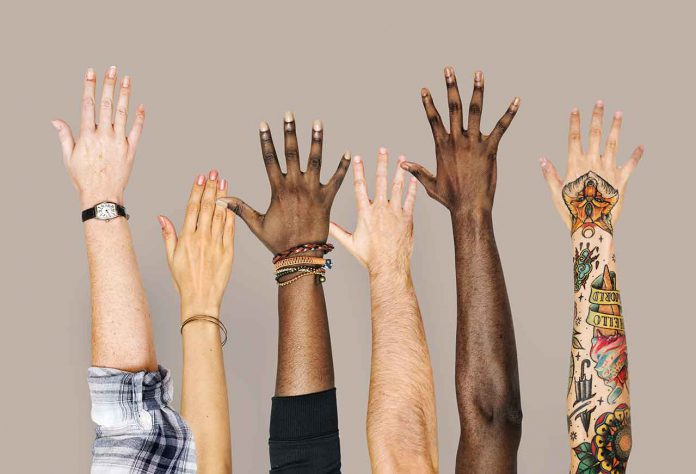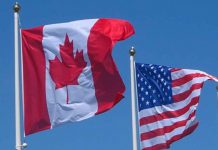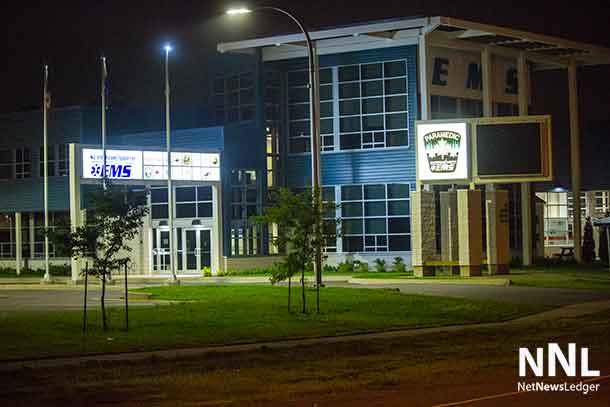OPINION – It has been a horrific and brutal diversion. From the cable news carpet-bombing coverage of the COVID crisis and its related urgencies and stupidities, the murder of George Floyd has quite literally re-directed the world’s attention to that other infectious disease – racism.
The recording and subsequent social media sharing of what some have correctly called a lynching by a police officer have roused and animated American and international protests including those in Canada. It has galvanized the BlackLivesMatter movement and provided the media with a focus of attention on the Black community in North America unseen since the beginning of the movement. The on-going protests and the continuous razor-sharp focus brought to them by the media have brought racism back to the forefront of the public narrative. Interview after interview with members of the Black community in both countries has underscored the breadth and depth of racism – in our public institutions and private attitudes rendered complicit by the comfort of middle-class lives and the privileges they enjoy. The evidence is overwhelming. From discrimination in employment and housing to racial profiling, the Black community in Canada has been too often, deliberately and unacceptably marginalized and brutalized in the process.
But something is missing in all of this and appears only rarely in the seams of the carpet coverage of the protests following the George murder. From well prior to the 2018 report of the Office of the Independent Review Director in Ontario which found, “Overall, systematic racism exists in the Thunder Bay Police Service at an institutional level” to the disturbing findings of the National Inquiry into Missing and Murdered Indigenous Women and Girls, bigotry and racist actions and attitudes both systemic and personal have been the rot chewing away at our national identity as an allegedly fair and tolerant country.
With the bright and shining spotlight now so justly fixated on BlackLivesMatter in Canada why has the glare of that spotlight diminished to but a flickering shudder when it has come to highlight the treatment of Indigenous people in Canada? Does our own history not suggest that now is also the time to give those issues of systemic racism and discrimination the attention, the glaring spotlight it justly deserves? From the forceful acquisitions of their lands, to “taking the Indian out of the child”, to occasionally changing the dust covers on the recommendations of the Royal Commission on Aboriginal Peoples, or the Truth and Reconciliation Commission or the National Inquiry into Missing Indigenous Women and Girls, our response to systemic racism in Canada has been weak-kneed at best.
Focusing media attention on one maligned community does not support a common cause and it is unfortunate that Indigenous leaders have had to yell so much louder to receive equivalent attention for the often genocidal policies of past governments in Canada and the current ones that have paid lip service to “reconciliation”.
There are a number of possible reasons for this. The blanket exposure given to the protests has been a “welcome diversion” from the constant COVID coverage creating that low-grade and persistent anxiety caused by isolation and worry. More likely, repeated exposure to almost nine minutes of one of the most brutal, publicly-filmed executions in recent memory has generated the outrage required to rail and rally against this gross injustice and demand change. There is no known film footage of a sixteen-year Indigenous girl viciously beaten and bruised, raped repeatedly and dumped naked into an isolated ditch!
There are scores of proposals of where to start. One way to encourage systemic change, especially with governments whose ability to follow-up on commitments is negligible at best, is to establish formal, independent “accountability” inquiry mechanisms. Their two-fold objective? First, to track and publicly report on the implementation of recommendations they these same governments have both commissioned and accepted. Second, to annually and formally report to parliaments and the public on the progress of implementation. Conscious of this measurement tool, politicians would be more reluctant to so glibly “move on to the next fire that must be smothered”. Replacing the rot with more a solid foundation is a sound way to build.
Beverly Sabourin is a former Director of the Indigenous Access Program at Red River College (Winnipeg) and retired as the Vice-Provost of Aboriginal Initiatives at Lakehead University and is a member of the Pic Mobert Ojibwe. Peter Andre Globensky is a former senior policy advisor on Indigenous Affairs in the Office of the Prime Minister and was the first Director of Programs and Advocacy at the Canadian Centre for Rights and Democracy. They invite your comments at basa1@shaw.ca
The views, opinions and positions expressed by all columnists and contributors are the author’s alone. They do not inherently or expressly reflect the views, opinions and/or positions of NetNewsLedger.







